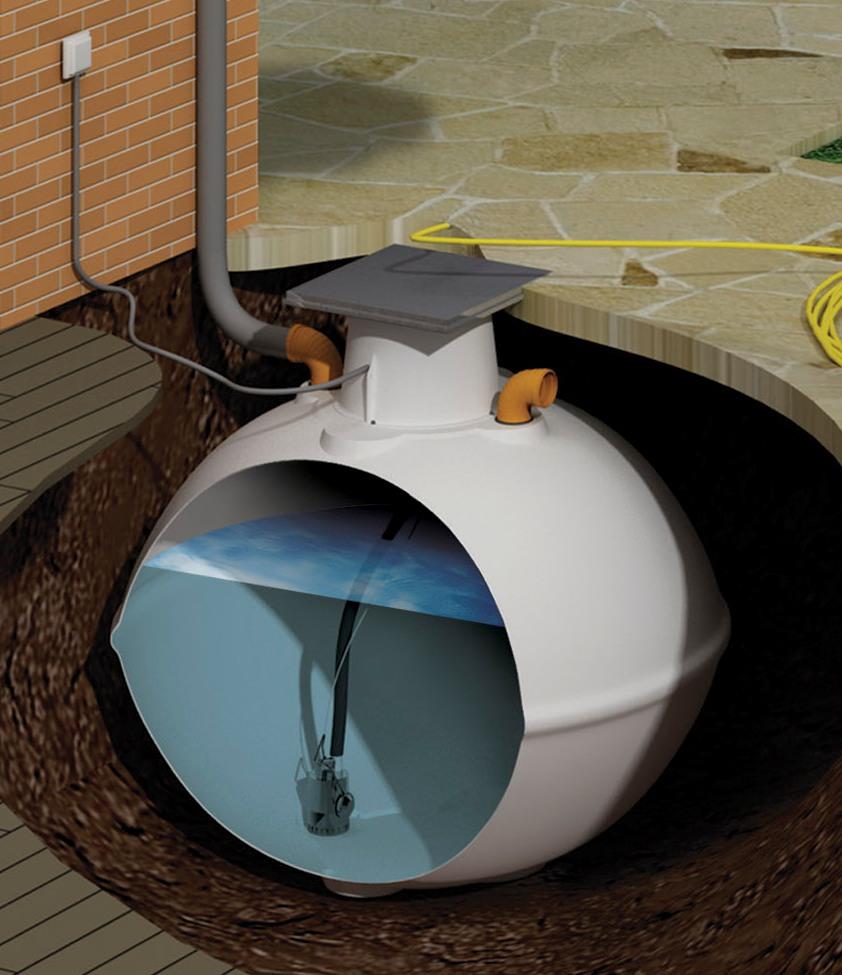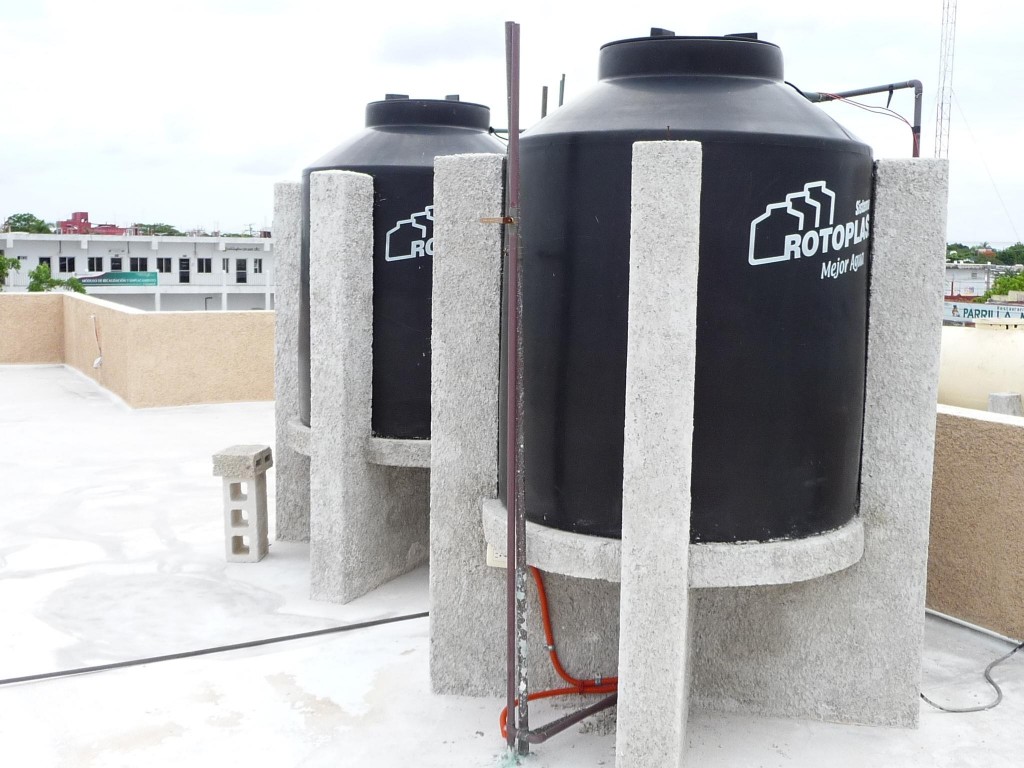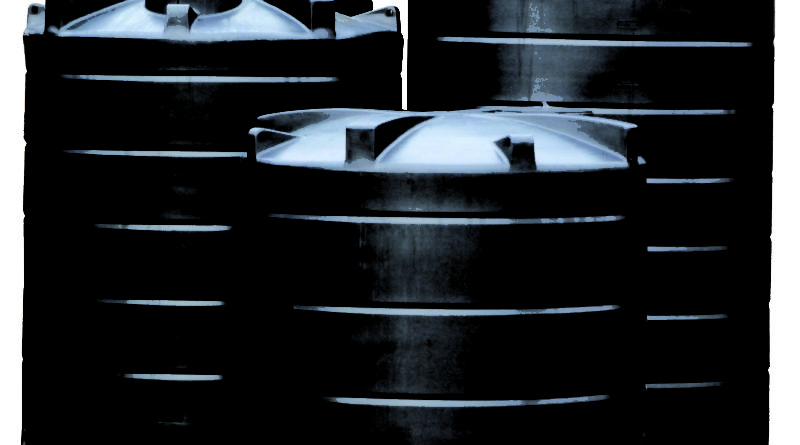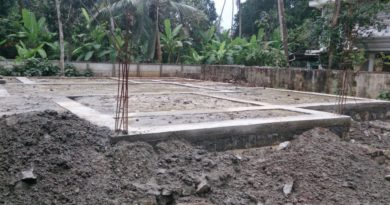SCIENTIFIC VASTU | WATER TANKS | An Architect Explains
There are two Water Tanks that are required in a House:
The Underground Water tank also known as the Sump. The municipal water pipe is connected to the Sump. Hence this tank has to be close to the road as the water lines run along the road. Usually it is located below the Car Porch/Garage.
The Overhead Water Tank. The water from the sump or Well/Borewell has to be pumped into the Overhead tank in order for it to be able to flow down into the house.

Here, I have explained the Vastu Guidelines for Water Tanks. Since Vastu is a science, every guideline is based on logic and scientific reasoning. As an Architect, I have attempted to explain these guidelines rationally and scientifically, under the following headings, so that you can decide what you want to follow and what you don’t.
What is the best position for a sump or underground water tank?
What is the best position for an overhead water tank?
What are the practical remedies for for the overhead water tank in the North-east defect?
What are the Vastu guidelines for the design of an overhead water tank?
What is the best position of a solar geyser?
WHAT IS THE BEST POSITION FOR A SUMP OR UNDERGROUND WATER TAN, ACCORDING TO VASTU?
WHAT IS THE BEST POSITION FOR AN OVERHEAD WATER TANK ACCORDING TO VASTU?
The Overhead water tank should be in the West or South-West of the building: The Reasoning – The South-West corner should be the heaviest, to create a balance of positive energies in the house/building.

Avoid the Overhead tank in the North-East corner of the House: The Reasoning – Though the North-East corner represents Water, avoid a tank here because the North-East has to be the lightest and lowest part of the house for a balance of positive energies. The NE corner should always be the lowest to allow the morning sunlight which strikes the North-East, to permeate the rest of the house. If there is an obstruction like a water tank, the useful morning light will be blocked. But if by chance the overhead water tank is located in the wrong position, there are remedies which you can read about in my post Remedies for North-East defects.
Avoid the Overhead water tank in the South-East corner. Also, avoid the Overhead water tank in the North-West corner (if possible). However if it can be located only in the North-West, then it should be small in size, of less height, and situated at a distance of at least two feet from the North-West corner. The Scientific Reason – The basic rule in Vastu is that the building should be higher in the South and West sides and should be much lower in the North and East sides. By keeping the North and East sides much lower, constant sunlight from the North and morning sunlight from the East can reach all parts of the house, whereas by raising the building on the South and West sides, the hot evening sun will be prevented from heating up the rest of the house.
Avoid the Overhead tank in the centre of the building (Bramhasthan) – as it is a load on Bramha, the supreme one. The Scientific Reason – Structurally it is not safe to have a water tank in the middle of the house roof, unless it is a column-beam structure.

WHAT ARE THE PRACTICAL REMEDIES FOR OVERHEAD WATER TANK IN THE NORTH EAST DEFECT?
Overhead water tank in the North-East corner of the house is considered a defect. The Overhead water tank should be in the West or South-West of the building: The Reasoning – Though the North-East corner represents Water, avoid a tank here because the North-East has to be the lightest and the lowest part of the house for a balance of positive energies. The NE corner should always be the lowest to allow the morning sunlight which strikes the North-East, to permeate the rest of the house. If there is an obstruction like a water tank, the useful morning light will be blocked.
Remedy for Overhead water tank in the North-East: In case the overhead water tank cannot be avoided in the North-East, here are some useful remedies to solve the Vastu problem:
- Shift the tank to the South-West part of the NE corner.
- Paint the tank red.
WHAT ARE THE VASTU GUIDELINES FOR THE DESIGN OF AN OVERHEAD WATER TANK?
The Overhead tank should not directly rest on the roof slab: The Scientific Reason – In case there is a leak in the tank, the dampness can seep into the building causing structural damage and fungus growth which is not good for the health of the family.

The Overhead tank should be at least 2′ (60cm) above the topmost roof slab: The Reason -The higher the water tank is above the building, the greater will be the pressure of water, thus enabling the water to flow in full force in all the taps.
The Overhead water tank can be lined with light coloured tiles: The Logic – This will ensure cleanliness of the tank, as it is easy to maintain and there is less likelihood of growth of fungus. Moreover, the white tiles allow one to see all the dirt while cleaning.
Avoid plastic water tanks as far as possible: The Scientific Reason – We are still not sure about the health hazards of storing water in plastic containers. But today because of the convenience of plastic tanks and the inevitable leakage of concrete tanks, we are seeing more and more plastic water tanks.

In case you use plastic water tanks, use black or dark blue coloured ones: The Scientific Reason – Dark colours prevent the sun’s rays from entering the tank unlike light-coloured or transparent tanks. The sunlight that enters will encourage algal growth. (Thanks to Manoj for the correction).
Two separate Overhead water tanks are preferred – One , for storing water for drinking, cooking etc and the other, for storing water for bathrooms, gardens etc: The Logic – Nowadays, due to the shortage of piped water, it is advisable to use this water only for cooking and drinking purposes, as it is generally chlorinated, purified water. The water from an additional water source, like Well or Borewell within the site can be used for Bathrooms and Toilets as you may not be sure of the purity. Naturally the water from theses two sources should not mix and so it is better to have two separate tanks.
WHAT IS THE BEST POSITION OF THE SOLAR GEYSER?
The Solar geyser should be above the level of the overhead water tank: to ensure proper flow of water, and all the equipment attached to the same should be installed in the South-East of the roof. The Scientific Reason – Since the South East is considered the corner representing Fire, ‘Vastu pundits’ generally recommend that all electrical and heat related appliances be placed in the South-East. That is the only scientific explanation!

The Overhead tanks are located on top of the roof and are accessed by the Staircase. Read the Vastu Guidelines for a Staircase here:
If you found this post useful, all it takes is a simple click on the “pin it” “like,” “share,” “tweet,” or Google+ buttons below the post.
Related Topics:
- Vastu Shastra | Explained By An Architect
- Vastu Shastra | Principles For A House
- Vastu Shastra | Factors That Impact A House
- Vastu Guidelines | Designing A House
- Vastu Guidelines | Interiors Of A House
- Vastu Guidelines | Exteriors Of A House
- Vastu Guidelines | Selecting The Right Site
- Vastu Guidelines | Construction Of A House
- Vastu Guidelines | Rituals For A House
- Vastu Guidelines | Non-Residential Buildings
- Remedies For Vastu Defects




